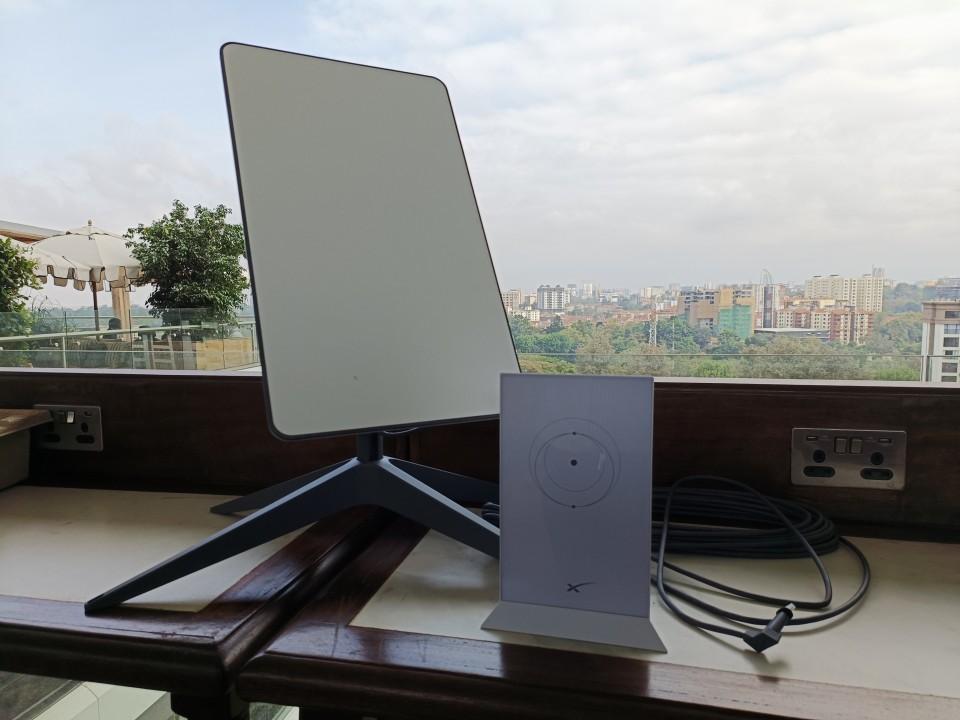It has also lately stopped new subscriptions in Nairobi, Kenya’s capital, and in five surrounding counties: Kiambu, Machakos, Narok, Murang’a, and Nakuru. That high demand in the counties is said to have put Starlink’s network capacity under stress, raising questions about the scalability of this network in densely populated regions across Kenya.
In a statement, Starlink explained that the current network capacity cannot support more users in Nairobi and other surrounding counties. According to them, this was because of an increase in customers that created a very significant bandwidth shortfall.
“Nairobi and neighboring areas are currently at network capacity. This means that too many users are trying to access the Starlink service within Nairobi, and there isn’t enough bandwidth to support additional residential or roaming customers now,” Starlink stated.
Starlink also assured customers that it is working to resolve the service interruptions in these areas and will notify residents once the residential plans become available again.
Starlink’s Growing Popularity in Kenya
The launch of Starlink in July 2023 has been doing very well in Kenya, increasing subscribers tenfold. This has partly been driven by attractive offers on Starlink kits and slashed monthly plans. In August, for example, it unveiled a $15.15 (KES 1,950) monthly rental plan, sliding scale, as a way to further open up the service to customers who cannot afford a one-time cost of $350 (KES 45,000). for hardware.
Starlink’s Satellite Internet Advantage
Given that the Starlink constellation uses Low Earth Orbit, or LEO, satellites at around 1,000 kilometers away from the earth’s surface, it can manage to achieve internet speeds as high as 300 Gbps. Against this backdrop, the technology is a great deal faster and also cheaper compared to most traditional ISPs, hence being in great demand in Kenya. On the other hand, last week’s halt on subscription intake has shown possible network capacity constraints, at least in some urban locations with high demand.
Starlink’s Impact on Local ISPs
This stellar run by Starlink has not escaped the attention of local ISPs such as Safaricom. In July, Safaricom wrote to the Communications Authority of Kenya, the CA, seeking its assessment of the risks associated with permitting international satellite internet providers to operate in the country without partnerships with local firms. Safaricom has also supported regulations that would make it hard for satellite internet providers like Starlink from offering their services in the country without partnering with local players.
With the temporary halt on new subscriptions in Nairobi and surrounding counties, Starlink’s growing user base underscores both its appeal and the operational challenges it faces in high-demand areas.
Read More on Starlink Silently Removing Service Option Across Africa.
For now, interested customers in Nairobi and the counties affected will have to wait for Starlink to expand its network capacity for new residential plans to be available. The timeline as to when this issue will be resolved has not been given by Starlink, but the company is working toward restoring service and meeting demand for its growing customer base in Kenya.

